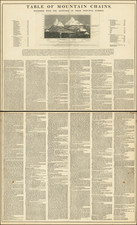The Cloverleaf Map of the World
Tabule wsseho okrsslku zemského v spůsobu listu Dětelového, often known as the Cloverleaf Map of the World, by Heinrich Bunting, was published in Prague, in 1592. It offers a distinctively theological and scriptural representation of the globe. Centering Jerusalem as the heart of the world, it mirrors the T-O model, a medieval conception that allocated Europe, Africa, and Asia within three clover leaves, whereas regions such as England, Scandinavia, and America lie exterior to these principal circles.
The late 16th century was a period marked by significant strides in cartography and theological scholarship. While navigational discoveries were expanding the European knowledge of the world, religious scholars like Buenting were exploring the relationship between scripture and geographical understanding. The Cloverleaf Map, by centering Jerusalem, is an emblematic representation of the deep-seated belief in the primacy of the Holy Land in the theological and cartographic imagination of the time.
Heinrich Buenting, a theological commentator hailing from Hanover, is renowned for his Itinerarium Sacrae Scriptura, first published in 1581. This work stands out not only for its diverse array of thematic maps—some likening Europe to a queen and Asia to the mythical Pegasus—but also for the rich illustrations interspersed throughout, featuring oceanic monsters, mermaids, and grand sailing ships. Notably, the Prague 1592 Czech-language edition diverged from the original by employing new woodblocks, and in some instances, copper engravings, adding to its appeal.
While Buenting's map continues to be a coveted piece amongst collectors of 16th-century world maps, its enduring allure lies in its confluence of cartographic innovation, theological insight, and intricate artistry, exemplified by both its conceptual design and the tangible intricacies of its woodcut craft.









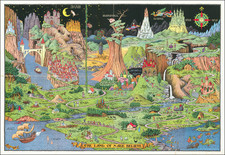
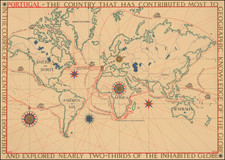
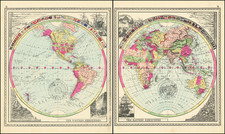
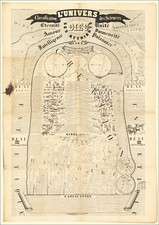
![[ Sea Monsters ] Meerwunder und Seltzame Thier / Wie Die In Den Nitnaecßtigen Laendern im Meer und auf dem Landt gefanden werden](https://storage.googleapis.com/raremaps/img/small/93252.jpg)
